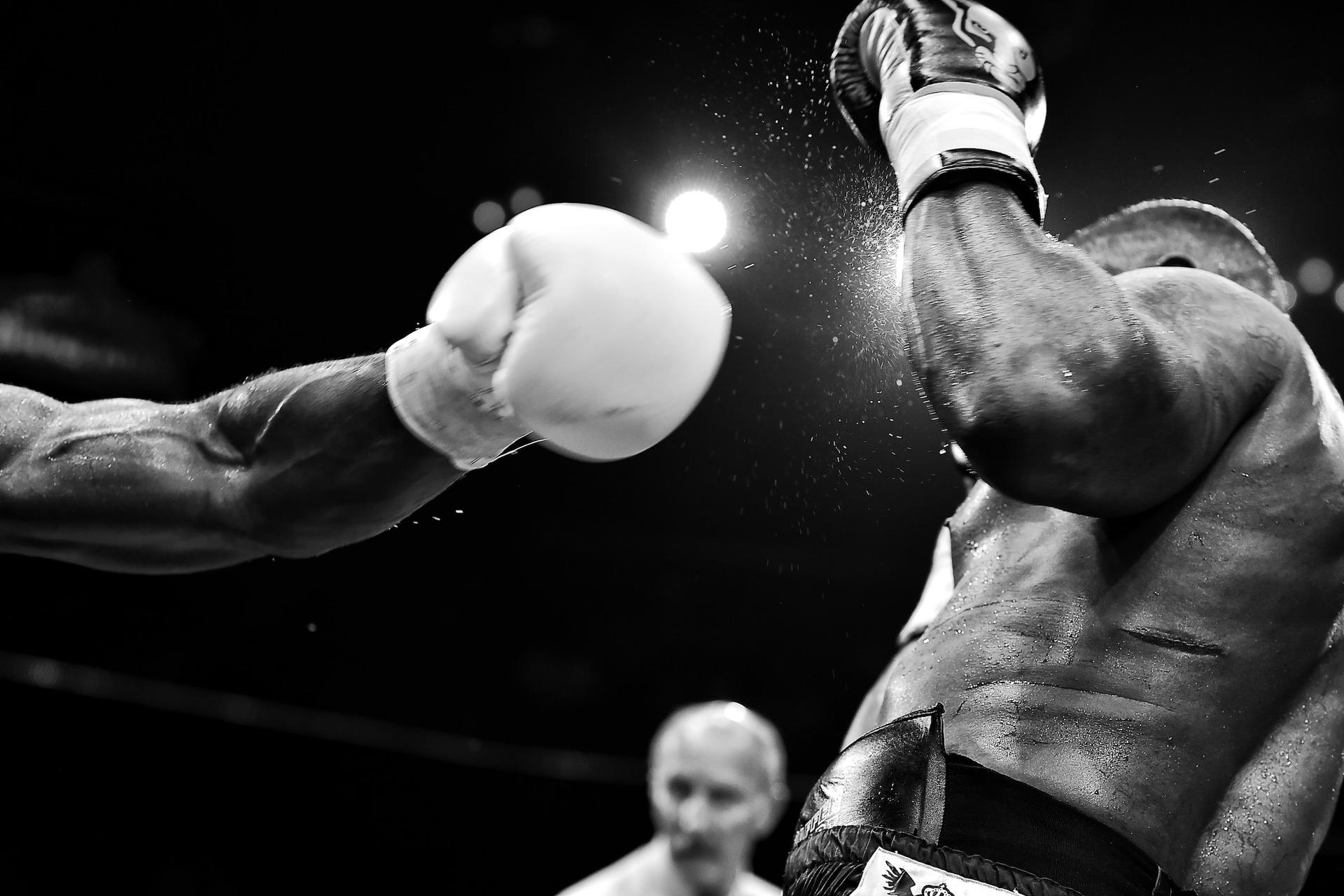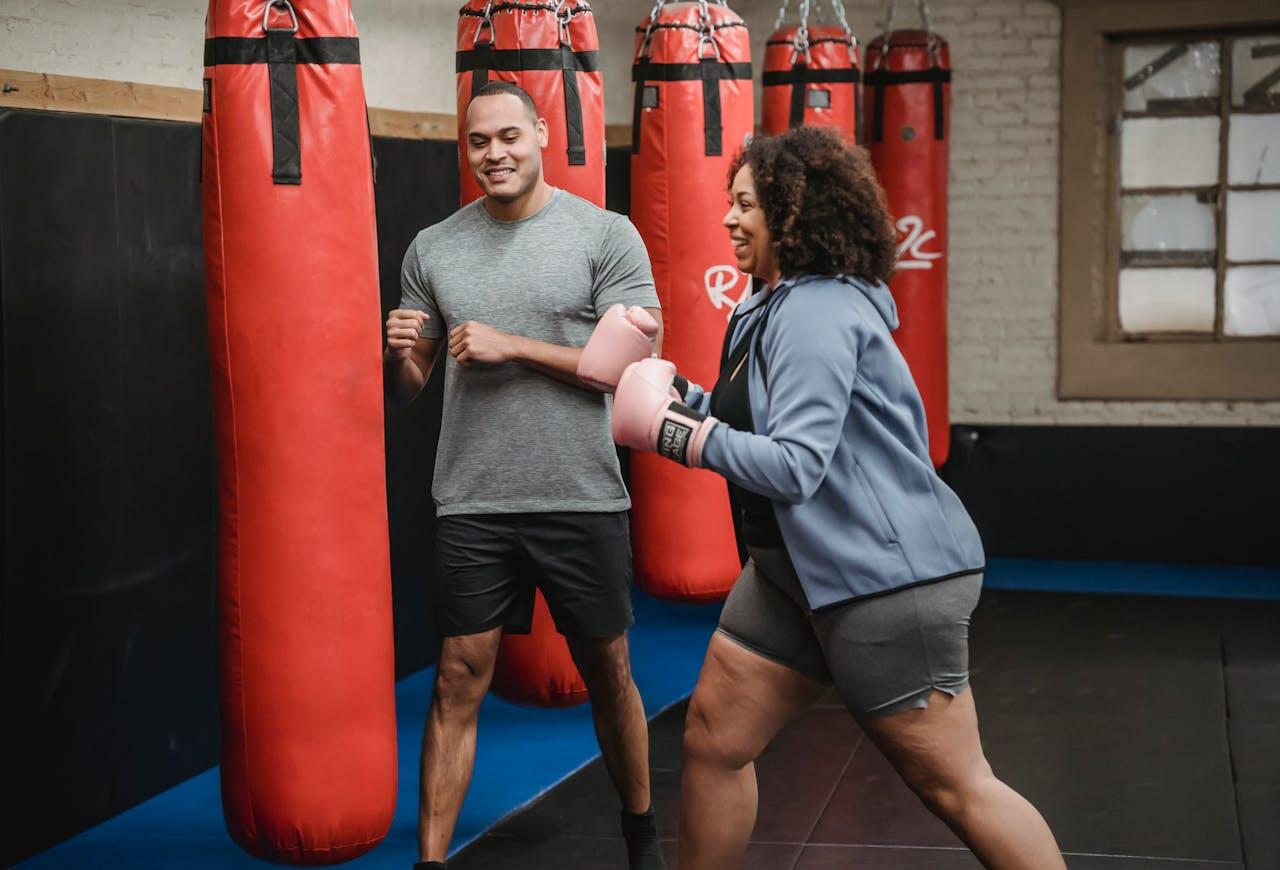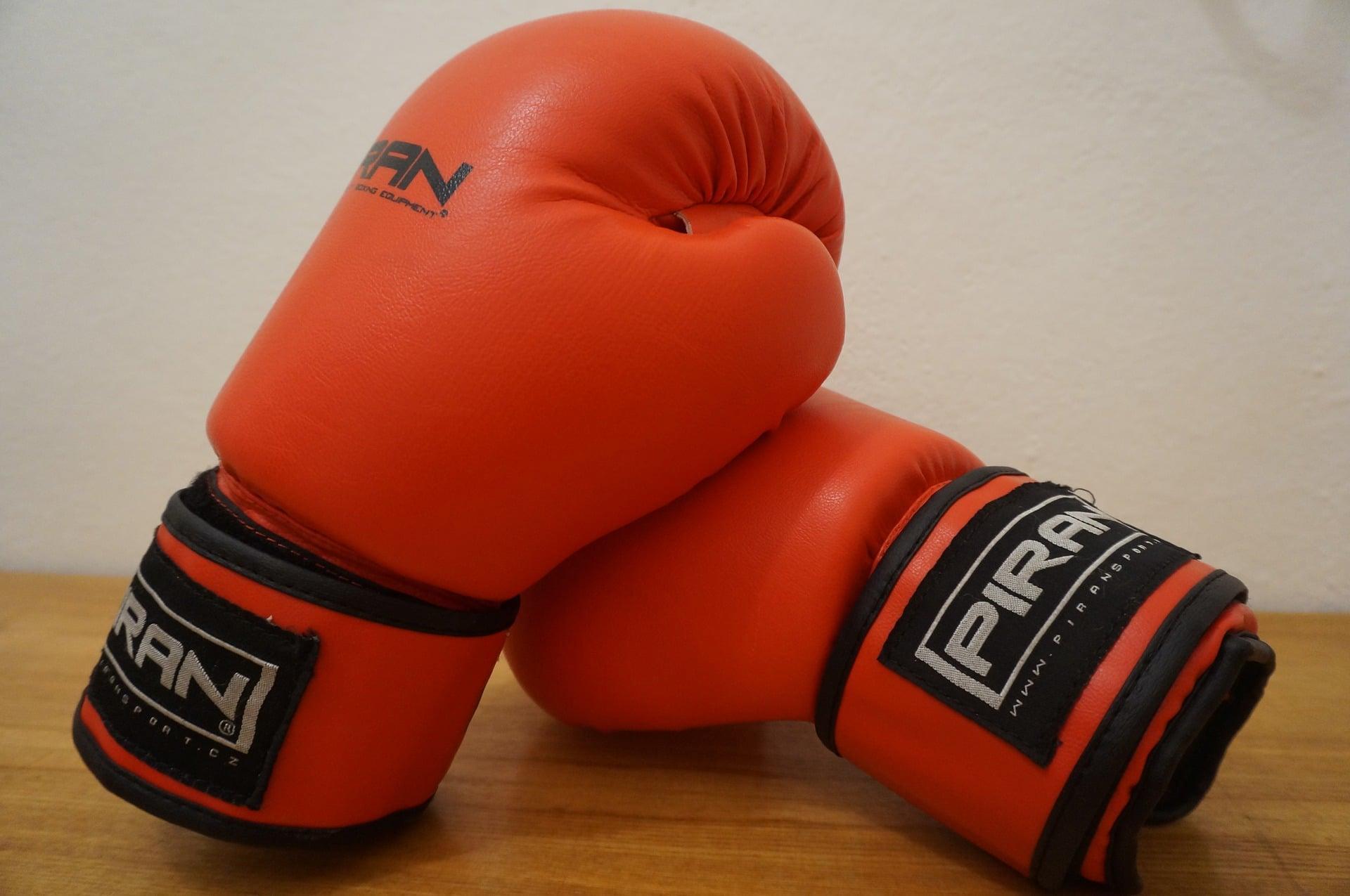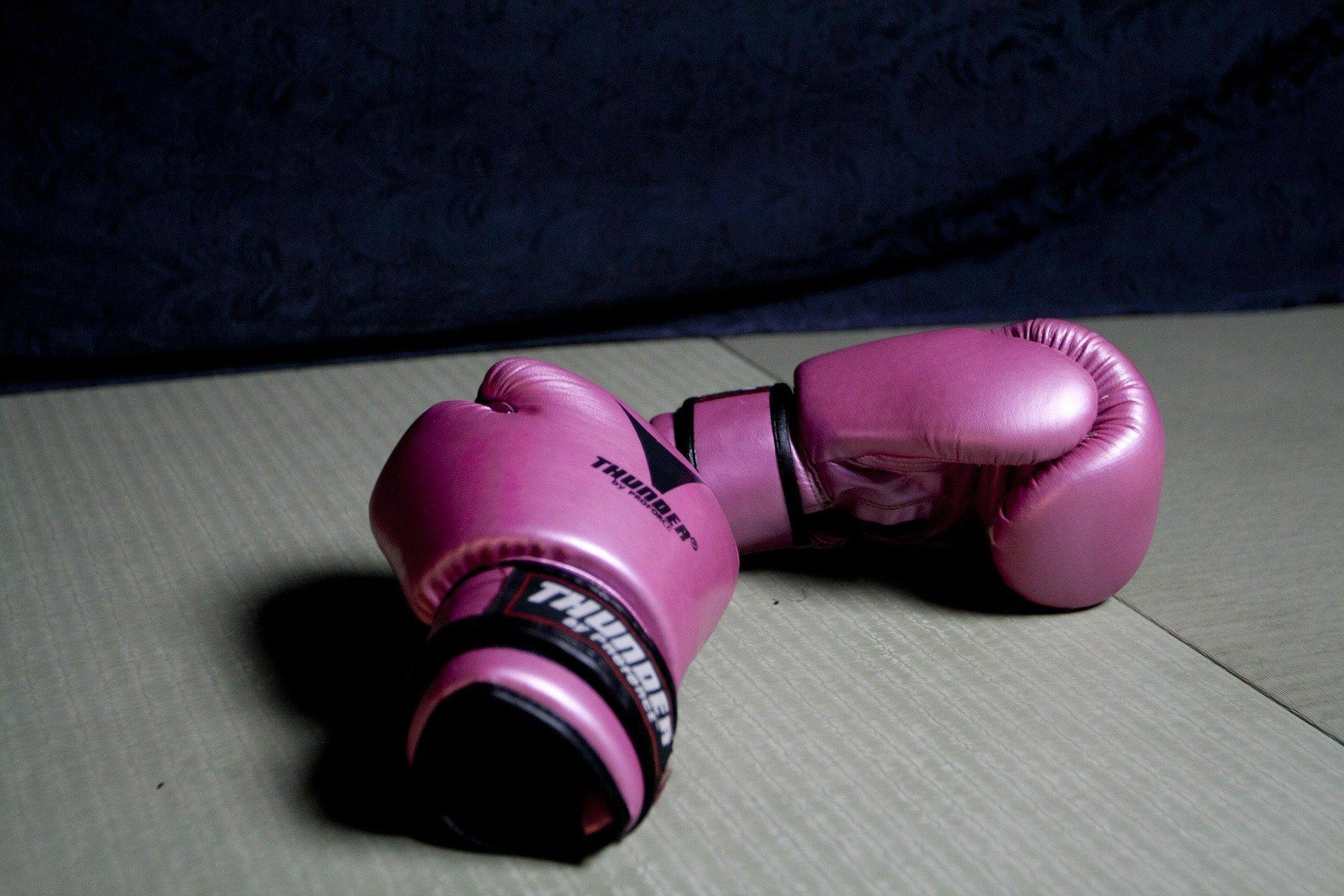Combat sports like boxing have been around for a very long time. The sport has evolved from its first historical records to its present prizefights, watched by millions worldwide. The addition of television, large sums of money, and prominent personalities has irrevocably altered the sport of boxing today despite many parallels to its ancient forebear.
The earliest evidence of boxing dates back to Ancient Greece, when it debuted in the Olympics.
This blog will explore the fundamentals of boxing and everything to know about boxing, including its history, rules, and future.

What Are the Historic Moments in Boxing Timeline?
Here’s a chronology of boxing history, from epic rivalries between the greatest boxers to key developments and revolutionary game rule changes:
Time Period Era Key Developments Pre-16 th Century Ancient Origin Ancient Greece and Rome practiced boxing as a sport 1681 London Prize Fighting Boxing became a cash-prize betting sport in England 1741 Jack Broughton Rules Jack Broughton introduced rules to protect fighters. James Figg and Daniel Mendoza were Famous fighters. Mid-1800 The Marquess Of Queensberry Rules John Chambers introduced modern-day rules like the inclusion of gloves. One prominent fighter is John L. Sullivan. 1880 Amateur Boxing Association (ABA) The governing body (ABA), founded in Britain, organized the first official amateur championships. 1904 Olympics Boxing entered the Olympics in 1904 in St. Louis, USA. 1921 National Boxing Association (NBA) First sanction body to host professional boxing 1962 World Boxing Association (WBA) NBA changed its name to the World Boxing Association 1988 12 Round Fights International Boxing Federation (IBF) ended the brutal 15-round fight and introduced a 12-round fight. 20 th century Heavyweight Boxing Emergence of fighters like Jack Dempsey, Muhammad Ali, Mike Tyson, and Oscar De La Hoya. 21 st century Modern boxing The rise of pay-per-view and boxing's international popularity. Notable fighters include Canelo Alvarez, Manny Pacquiao, and Anthony Joshua. 2012 Woman Boxing London Olympics Games 2012 added women's boxing to their program
How Has Boxing Evolved Over the Years?
The Olympic Games and boxing have always had a tight association. Olympic boxing was introduced in 688 BC in Greece when Onomastos of Smyrna was crowned the first Olympic boxing champion. According to historians, Onomastos was the pioneer in creating the foundations for ancient boxing.
Boxing was added to the Olympic program during the 1904 Games in St. Louis, USA. There was a total of eighteen boxers from the area competing in seven weight divisions.
The rules were the same, but the game differed from what we see now. To prevent injury, the boxers used to wrap their hands with leather thongs. The fight was neither timed nor divided into rounds. The duel would continue until one of the combatants conceded or became too injured to continue. Heavyweights could more easily establish themselves as the dominant force in the sport since weight classifications did not exist.
Many ancient texts from India also mention "musti-yuddha," which means boxing. There was also the mention of fistfights in the Ramayana, the Mahabharata, and the Rig-Veda. Historically, the sport was also popular in the ancient Roman Empire, but it was outlawed in 393 A.D. because of its extreme brutality.
It wasn't until the 1600s and 1700s that boxing as a sport was revived. In the last decades of the 17th century, bare-knuckle boxing became popular in England. In 1719, James Figg made boxing history by becoming England's first bare-knuckle boxing champion. The term "boxing" was coined around this period.
In 1867, John Chambers created the Marquess of Queensberry regulations, which are still used today. Modern essential boxing methods trace their origins to the Marquess of Queensberry's regulations, which established the standard ring size, number of rounds, length of each round, and 10-count rule. In 1892, "Gentleman Jim" Corbett of the United States became the first heavyweight champion to fight under the Queensberry Rules.
However, the general people still rejected boxing despite establishing several regulatory bodies. Bare-knuckle brawls were outlawed in the United States and the United Kingdom. This was because the bouts were primarily motivated by financial gain, both for the participants and the organizers and spectators.
The introduction of boxing to the modern Olympic Games in 1904 marked the beginning of a new era. In 1908, amateur boxing was included in the Olympics for the first time, and the sport quickly gained popularity.
American professional boxer Jimmy Barry rose to prominence in the late 1890s due to his perfect record. He has a 59-9 bantamweight record with nine draws. Since then, boxing has been included in the Summer Olympics, except in Stockholm in 1912, when the sport was banned in Sweden. Women's boxing was introduced at the London Olympics in 2012.


Who Are Some of the Greatest Boxers In History?
After Jack Johnson won the heavyweight title in 1908, race became an additional contentious issue in American boxing. In the 1920s, when Jack Dempsey fought Gene Tunney, the purse was worth over $1 million. The 1930s witnessed the fights between Americans Joe Louis and German Max Schmeling became symbols of political and racial conflict that contributed to the outbreak of World War II and altered the sport of boxing.
After a temporary decline in popularity during the war, boxing saw a resurgence in the late 1940s. After World War II, fans started to pay more attention to boxers in lower boxing weight classes, spurred by the success of Sugar Ray Robinson, a frequent Featherweight competitor.
The arrival of television brought about a new era for heavyweight boxing, with Cassius Clay (Muhammad Ali) leading the way as the greatest boxer of all time. Ali introduced the concept of "trash talking" and a more dynamic persona to the sport, which other athletic competitions have since adopted.
Regarding hype, cultural impact, and legendary resonance, one of the famous boxing matches between Muhammad Ali and Joe Frazier stands alone in sports history. As a result of his success, boxing is now recognized as a major sport on a worldwide scale. With the popularity of television, boxing has evolved throughout the years, and Ali's legacy lives on in the sport.

What Are the Olympic Boxing Rules?
Boxing is all about striking punches using the knuckle region of your fist on your opponent's head or body while avoiding their blows. Each punch that connects in boxing is worth a certain number of points.
The following are possible ways for a boxer to win a fight.
K.O. (Knockout) Victory
A knockout (K.O.) occurs when one boxer scores enough legal blows to the head, body, or ribs of their opponent to cause them to fall to the floor of the boxing ring, and that opponent does not recover in time to restart the fight before the official referee counts to 10. Any knockout stops the fight instantly, and the victor is announced.
Victory Via Points
Points also determine the winner of a three-round Olympic boxing match. The judges give each fighter a score based on a variety of factors, including the number of punches landed, the dominant fighter, the one with the better technique and tactics, and how competitive the fight was. Infringement-based deductions are another possibility.
After each round, the judges choose a winner using the established criteria and give that person ten points. Depending on how poorly the loser performed, they might get anywhere from seven to nine points.
The judges sum up their points from each round when the fight is over. When all five judges agree that one boxer has won after two or more rounds, the verdict is called a unanimous decision. When the judges can't agree on a winner, they use a "split decision" system that gives more weight to the votes of those who agree.
Before 2016, the scoring method for boxing at the Olympics was more like amateur boxing because it was based only on hits. However, the International Olympic Committee (IOC) and the International Boxing Association (AIBA) adopted the 10-point must system for the Rio Olympics, bringing the scoring closer to that used in professional boxing.
There are several other ways to choose a winner in a boxing match, including RSC (Referee Stop Contest), walkovers, disqualifications (DSQ), and voluntary retirements (ABD) or ringside doctor stops the fight. A boxer is automatically disqualified after receiving three warnings for rule violations. Direct elimination is also a possibility for engaging in unsportsmanlike behavior.
Women's Olympic boxing follows the lead of amateur boxing in requiring protective headgear. However, the Olympic Committee decided in 2016 to ban the use of headgear by male athletes.
How to Train for Boxing?
A beginner boxer aspiring for a professional career can use these guidelines from Superprof experts:
When preparing for a bout, boxers put in around five hours of training daily. You may get into shape for a boxing bout in various ways, but the greatest results will come from a combination of workouts and approaches. Boxing practice includes jogging, HIIT, sparring, strength glove work, conditioning, and drills.
HIIT Training and Running
A boxer training requires stamina if they will last the whole distance. Boxers often include high-intensity interval training (HIIT) with their roadwork to improve their cardiovascular fitness. Running 5 miles at a comfortable pace isn't exactly roadwork. Boxers often engage in interval training, running as fast as possible for certain periods or distances.
Boxers can improve their fitness, endurance, and speed with cardiovascular exercise. Many professionals will do interval training a few times each week. High-intensity interval training (HIIT) is ideal for boxing training since the sport relies on quick, explosive bursts of movement. You can cut your breaks down to 10 or 15 seconds when you've built enough muscle. A typical boxing workout can consist of a brisk jog for one mile to warm up, followed by 600-meter sprints at 75% of your maximum pace, with 1 minute of rest between each. In the end, the 0.5-mile jog is recommended to cool the body.
Sparring and MITT Work
Besides pad work, sparring is another important part of a boxer's training regimen. These drills are more similar to actual fights and help boxers develop a wide range of abilities necessary for success in the ring, including power, technique, speed, fighting strategy, offensive and defensive skills, footwork, and more.
Conditioning and Strength-Building
Boxers also train in other ways, such as strength and conditioning. Boxers undertake aerobic, weight lifting, and bodyweight routines to get in shape for fights. Strong and conditioned boxers perform pull-ups, push-ups, chin-ups, sprints, jump ropes, planks, crunches, and leg lifts.
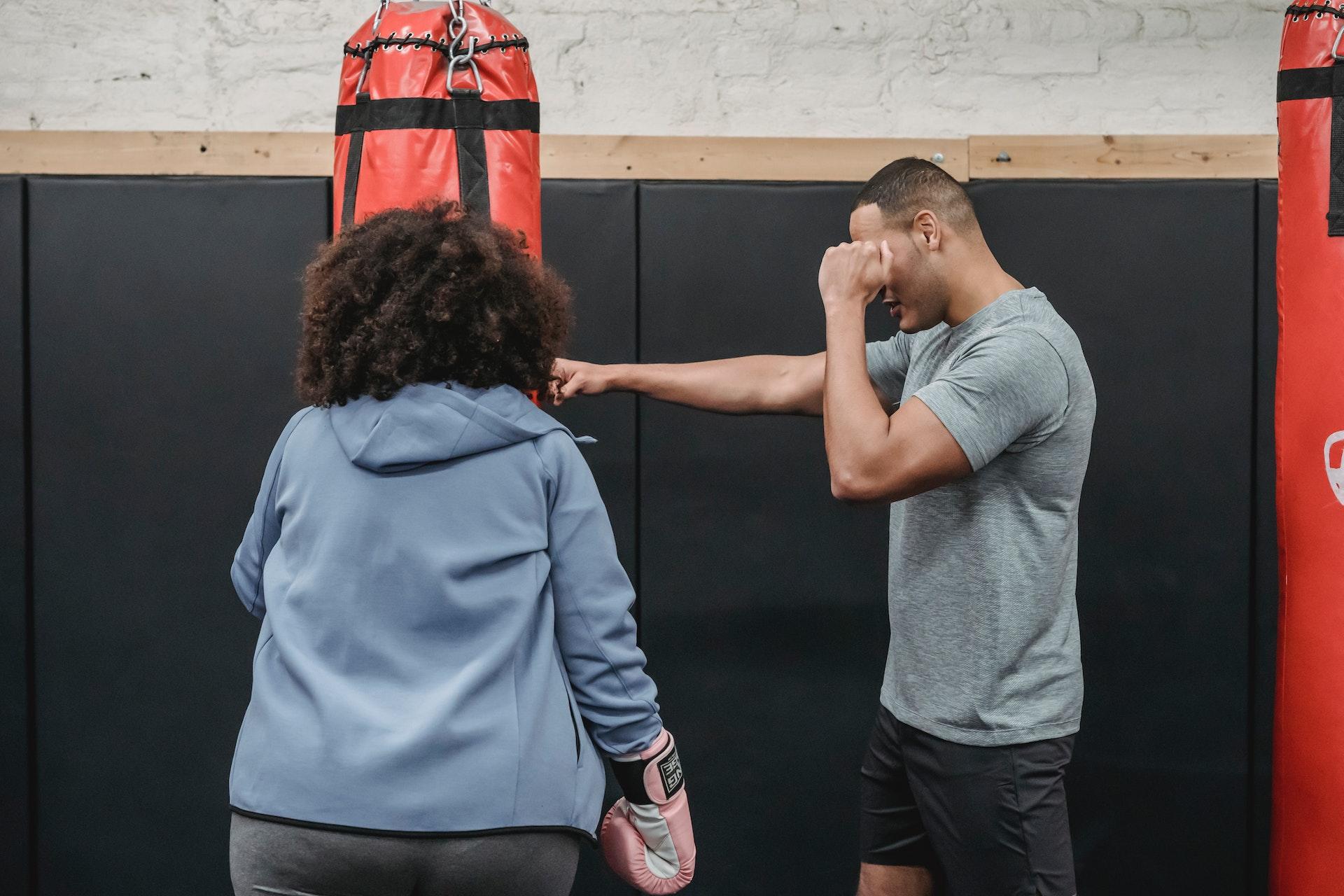
Learn Boxing With Superprof
From ancient Greece to the modern world, boxing has a long and interesting history. Over time, the sport has adapted to new technology and societal shifts to become a major force in today's sports scene. Boxing enthusiasts are growing over time and seeking professional help to master the ring.
Now, you can train like world champion boxers right from home with the same fitness regime they use. Superprof offers expert-led lessons on strength training, conditioning, kickboxing, boxing, core work, and recovery.

